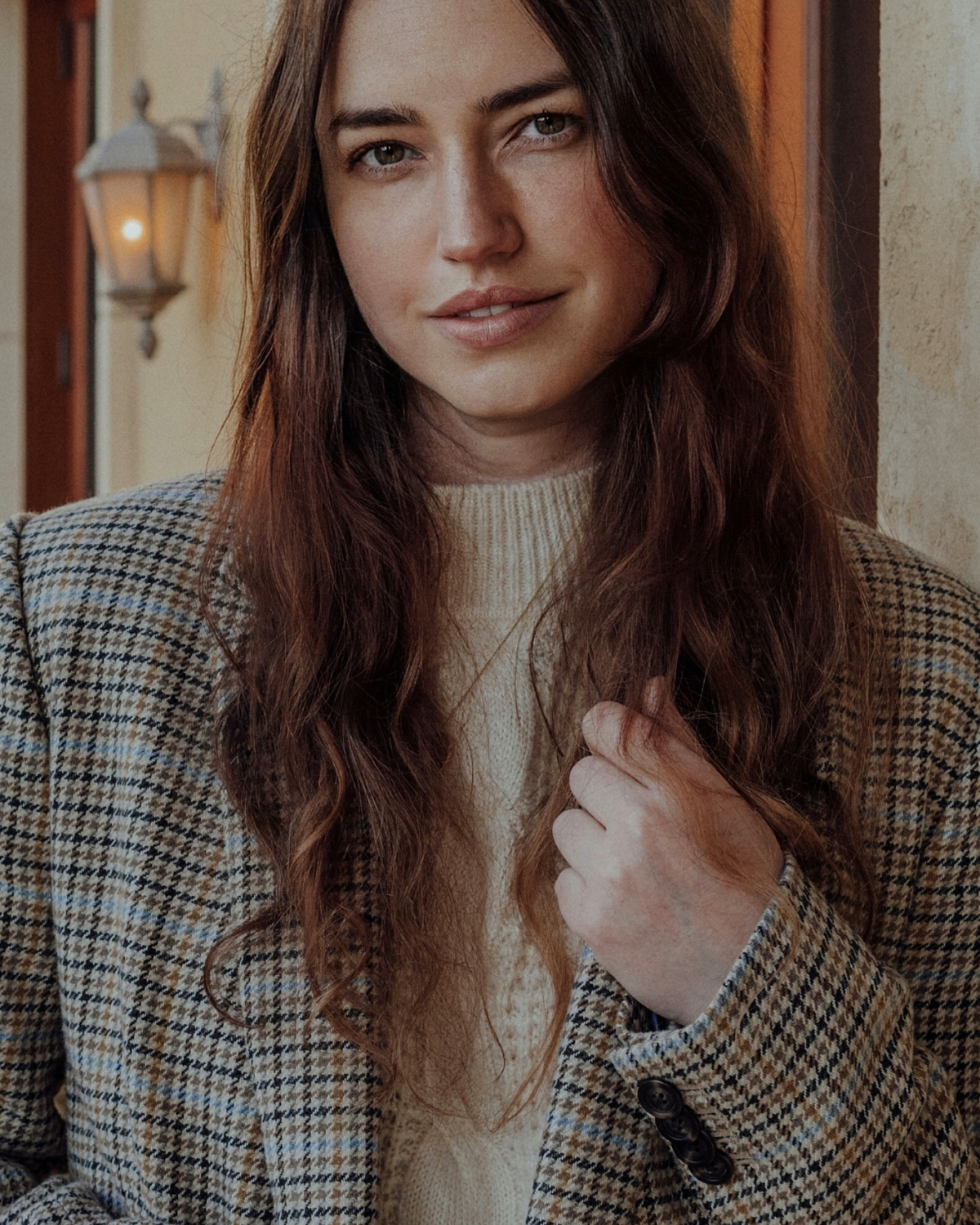Water Your Garden Like a Pro (Without the Huge Water Bill)
I’ve spent a long time with my hands in the dirt, in all sorts of climates. From soggy, damp regions to bone-dry deserts, one truth always shines through: water is everything. But here’s the secret the pros know: how you use that water makes all the difference. It’s the line between a lush, thriving garden and a constant, expensive battle.
In this article
Honestly, this is about so much more than just saving a few bucks on your utility bill. It’s about creating rich, healthy soil, growing tougher plants, and just being a little smarter with a resource we can’t take for granted.
So many folks just turn on a sprinkler and walk away, but I see it as a real craft. When you understand how water moves through your specific soil, how your plants actually drink it, and which tools get the job done right, you unlock a new level of gardening. It’s a skill that pays you back every single season with stronger plants and, believe it or not, less work.
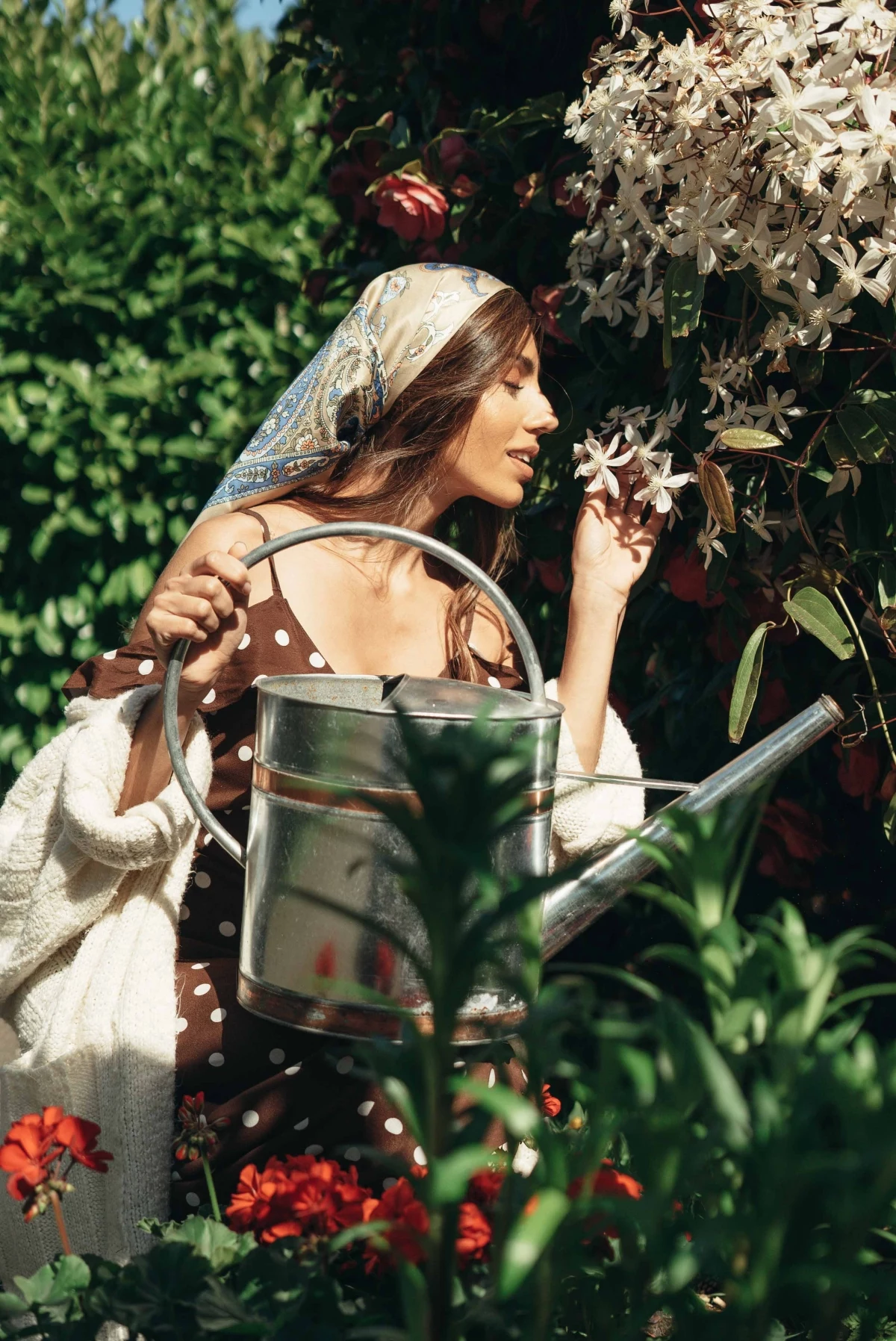
First, Let’s Talk Science (The Fun Part!)
Before we even think about turning on a spigot, we have to understand what we’re up against. Get this part right, and everything else becomes ten times more effective. Think of this as the foundation.
Evaporation: The Silent Water Thief
Evaporation is just water turning into vapor and floating away. It’s the single biggest cause of water waste in most gardens, period. Think about a wet towel on a clothesline. On a hot, windy afternoon, it’s dry in no time. On a cool, still morning, it stays damp for hours. Your garden soil is exactly the same. The sun and wind are constantly sucking moisture right off the surface.
This is why when you water is so critical. Watering in the middle of a hot day is like trying to fill a bucket with a massive hole in it. A huge chunk of that water will vanish before it ever gets to the roots. That’s why gardeners who know their stuff always water in the very early morning, usually between 4 a.m. and 8 a.m. The air is cool, the wind is calm, and the water has a chance to soak deep into the soil where it actually counts.

Transpiration: How Plants Actually Drink
Plants also release water vapor through tiny little pores on their leaves, almost like they’re breathing. Here’s the key takeaway: plants absorb almost all their water through their roots, not their leaves.
When you use a big overhead sprinkler, you’re just drenching the foliage. A lot of that water just sits on the leaves and evaporates, never helping the plant at all. Even worse, letting leaves stay wet, especially overnight, is like rolling out the welcome mat for fungal diseases like powdery mildew. This is a huge reason why getting water directly to the base of the plant is so much better.
Your Soil: The Garden’s Water Tank
Your soil is probably the most important piece of the puzzle. Different soils handle water in completely different ways. You’ve got to know what you’re working with.
- Sandy Soil: Feels gritty. Water zips right through it like a sieve. It doesn’t hold moisture well, so you might have to water more often, but for shorter periods.
- Clay Soil: Feels slick and gets sticky. It absorbs water super slowly, but then holds onto it forever. It’s incredibly easy to overwater clay, which can suffocate roots by cutting off oxygen. You’ll often see water pooling on top.
- Loam Soil: This is the dream. It’s a beautiful, balanced mix that feels a bit crumbly. It absorbs water well and holds just the right amount of moisture.
Not sure what you have? Try the squeeze test. Dig down about 6 inches, grab a handful of moist (not soaking wet) soil, and squeeze it hard. If it falls apart the second you open your hand, you’ve got sand. If it forms a slick, tight ribbon, you’ve got clay. If it holds its shape but crumbles easily when you poke it, congratulations, you’ve got loam.
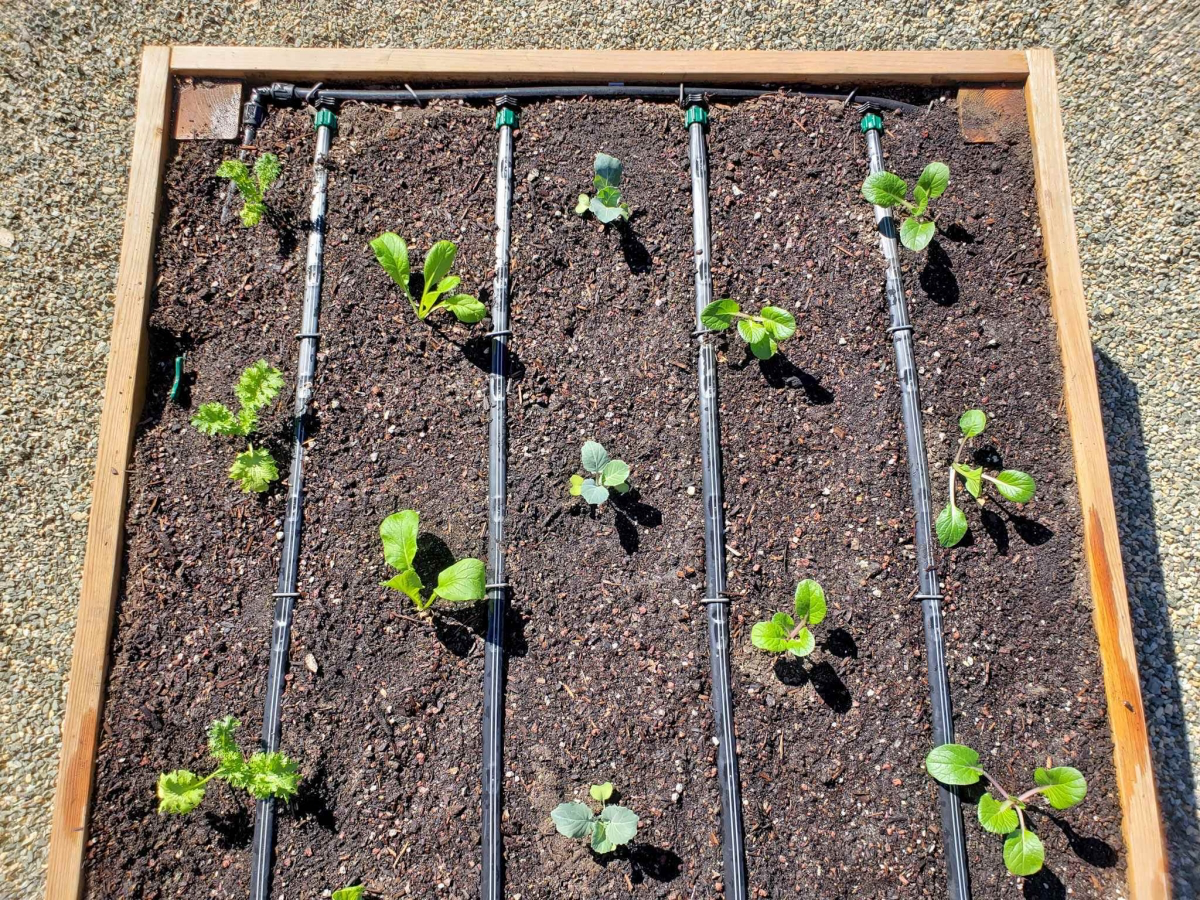
The Real Foundation: Building Spongy, Water-Wise Soil
I tell everyone this: the best irrigation system in the world is useless with bad soil. Investing in your soil first will save you more money and frustration than anything else you can do.
The Magic of Compost
The fix for both sandy and clay soil is surprisingly the same: add tons of organic matter. Compost is your best friend here. It acts like a miraculous sponge. In sand, it fills the gaps to help hold water. In clay, it forces the tiny particles to clump together, creating air pockets that improve drainage.
For a new garden bed, spread a solid 2 to 3-inch layer of good compost over the top. Then, you have to work it into the top 6 to 8 inches of soil with a garden fork or tiller. Just leaving it on top doesn’t do much. For gardens you’ve already planted, just add a 1-inch layer on top each spring, and let the worms and microbes do the work of mixing it in for you.

Heads up on budgeting: For a big area, don’t buy compost in bags! A cubic yard of high-quality compost delivered from a local landscape supply might run you $40-$60. That same amount in individual bags from a big-box store could easily cost over $200. It pays to buy in bulk.
Mulch: Your Garden’s Best Friend
After good soil, mulch is the most powerful water-saving tool you have. A good layer of it can cut your watering needs in half. Seriously. It reduces evaporation, keeps the soil cool, and smothers weeds that compete for water.
But how you apply it matters. A thin, decorative layer is pointless. And a very common mistake I see is piling mulch right up against the plant stems, creating a ‘mulch volcano.’ This is a major invitation for rot and pests.
- Wood Chips or Bark: My go-to for shrubs and perennials. Apply a layer that’s 2 to 3 inches deep. Any deeper, and you can prevent rain from getting through. Oh, and a great tip: call local tree trimming services. Many of them are happy to drop off a load of wood chips for free just to get rid of them!
- Straw or Shredded Leaves: Perfect for vegetable gardens because they break down quickly and enrich the soil.
- The Golden Rule: Always, always pull mulch back an inch or two from the stem or crown of every single plant. That little gap for air is essential to prevent rot.

How to Water Smarter, Not Harder
With good, spongy soil in place, your watering efforts will finally pay off. Now let’s talk about the best ways to actually apply the water.
Water Deeply, and Way Less Often
Giving your plants a little sip of water every day is one of the worst things you can do. It trains them to grow a weak, shallow web of roots right at the surface. These roots are the first to dry out and die on a hot day, creating needy plants that can’t handle any stress.
The professional approach is to water deeply and infrequently. You want to soak the entire root zone—usually the top 6 to 12 inches of soil. This encourages roots to grow down deep where the soil stays moist longer. For most garden beds, one or two deep waterings a week is way better than a light sprinkle every day.

So how do you know if you’ve watered deeply enough? Try the trowel test. About an hour after you finish watering, go out and dig a small hole 6 to 8 inches deep. Is the soil at the bottom of the hole damp? If yes, you nailed it. If it’s still dusty and dry, you know you need to let the water run longer next time.
Drip Irrigation: The Ultimate Water-Saving System
For any garden that’s not just a few pots, a drip irrigation system is the gold standard. Don’t get scared off by the idea of a ‘system.’ A DIY starter kit for a 100 sq. ft. vegetable patch can cost as little as $50 to $100 from places like Home Depot or online at sites like DripDepot.com. Plan on a Saturday afternoon for your first installation. When you consider that sprinklers can waste half their water, and a good drip system is over 90% efficient… well, it pays for itself pretty quickly.
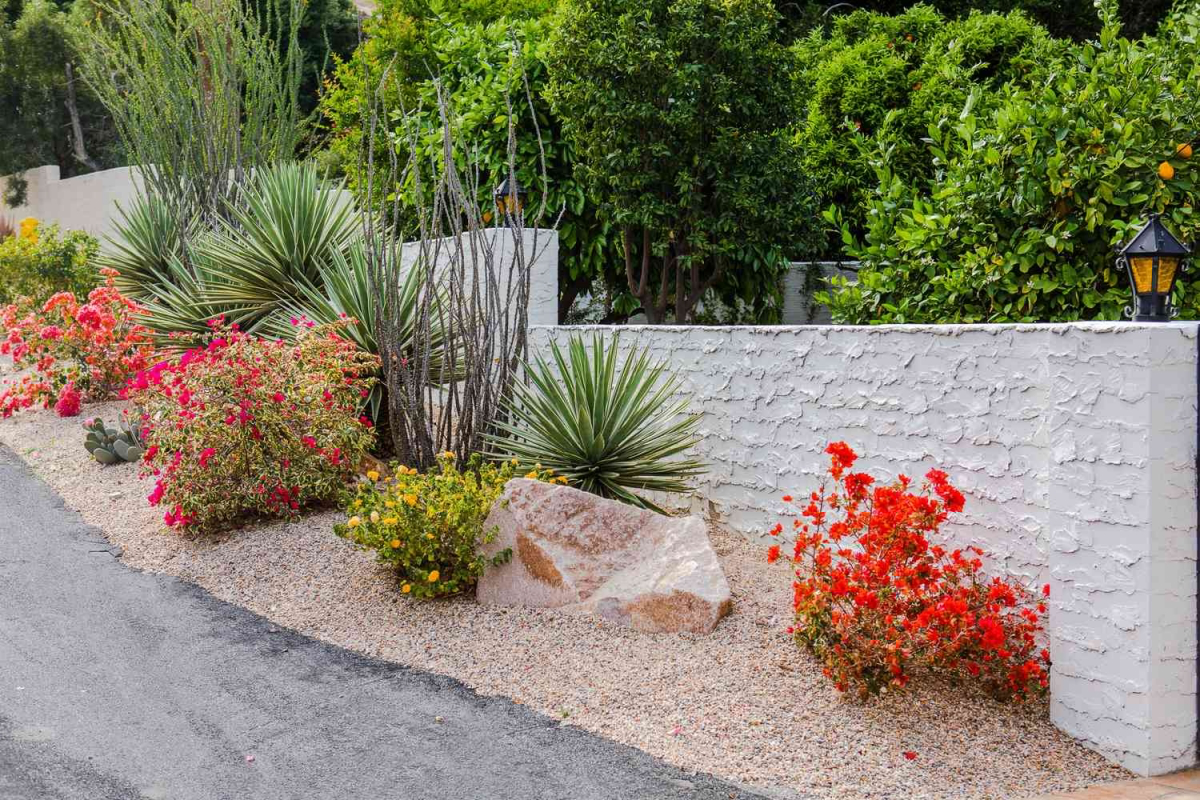
The Must-Have Parts
A basic system is surprisingly simple. It just hooks up to your hose bib and has a few key parts that are absolutely non-negotiable:
- Backflow Preventer: This is a safety device. It stops dirty garden water from ever siphoning back into your home’s drinking water. Don’t skip it.
- Filter: Drip emitters have tiny holes that clog easily. A simple filter screen catches any gunk from your water source.
- Pressure Regulator: Your home’s water pressure will blow a drip system apart. This little device reduces the pressure to a gentle, steady flow. Common Mistake: Skipping the pressure regulator. This is the #1 reason DIY drip systems fail, with emitters popping off like popcorn!
- Tubing and Emitters: You have a main supply tube and smaller ‘spaghetti’ tubes that go to each plant, delivering water one drop at a time.
A little tip I learned the hard way: after you lay out all the tubes and punch the holes for the emitters, turn the water on for a minute before you put the end caps on. This flushes out any bits of dirt or plastic from the installation that would otherwise instantly clog your system. Then you can cap the ends.
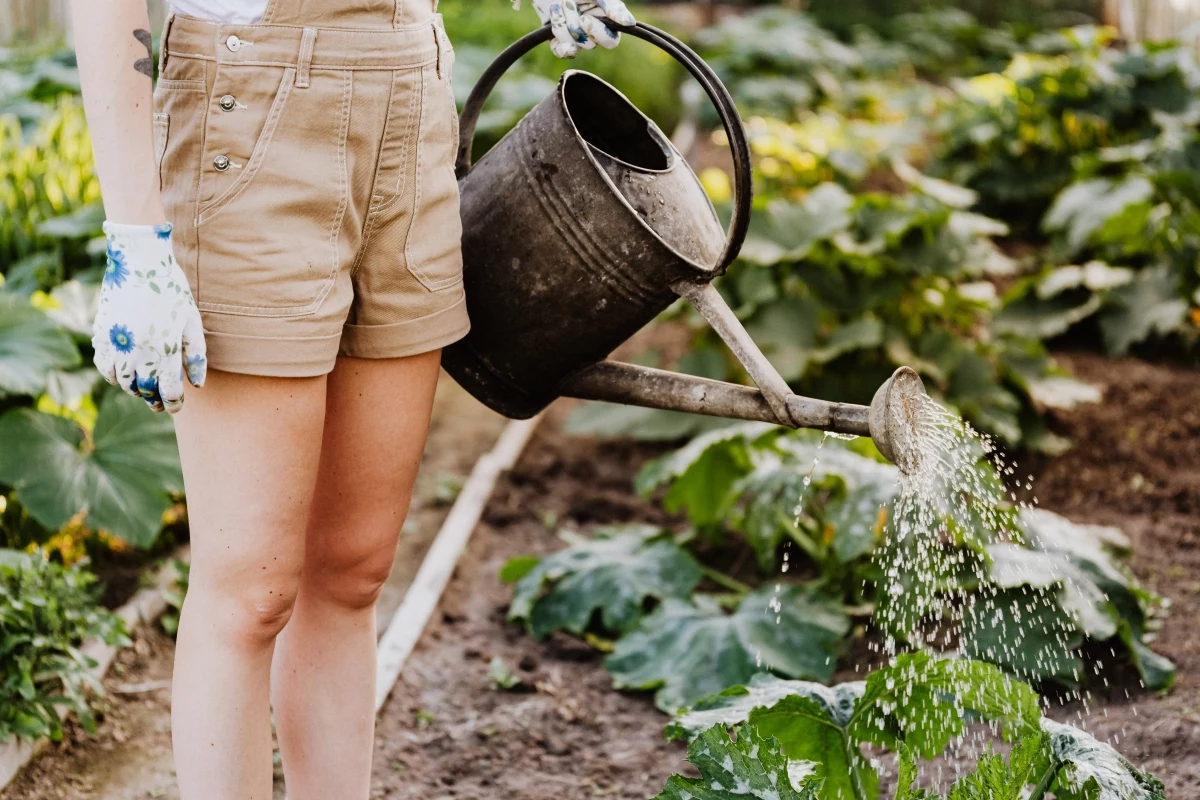
Final Step: Smart Plant Choices
Even the best system can’t help a plant that just isn’t suited for your climate. What you plant and where you plant it is half the battle.
Work With Your Climate, Not Against It
In drier regions, the pros use a practice called xeriscaping. It’s not about planting a garden of rocks and cacti! It’s about choosing beautiful plants that are naturally built to handle your local conditions. To find plants that will thrive where you live, just google “[Your State] university extension native plants” or check out the National Wildlife Federation’s Native Plant Finder online. They are gold mines of information.
Hydrozoning: Grouping Plants Together
This is a simple but brilliant design trick. You group plants with similar water needs together. Put your thirsty vegetables and annual flowers in one area. Put your tough, drought-tolerant plants like lavender and rosemary in another. This way, you can give one area a deep soak without drowning its neighbors. It just makes sense.
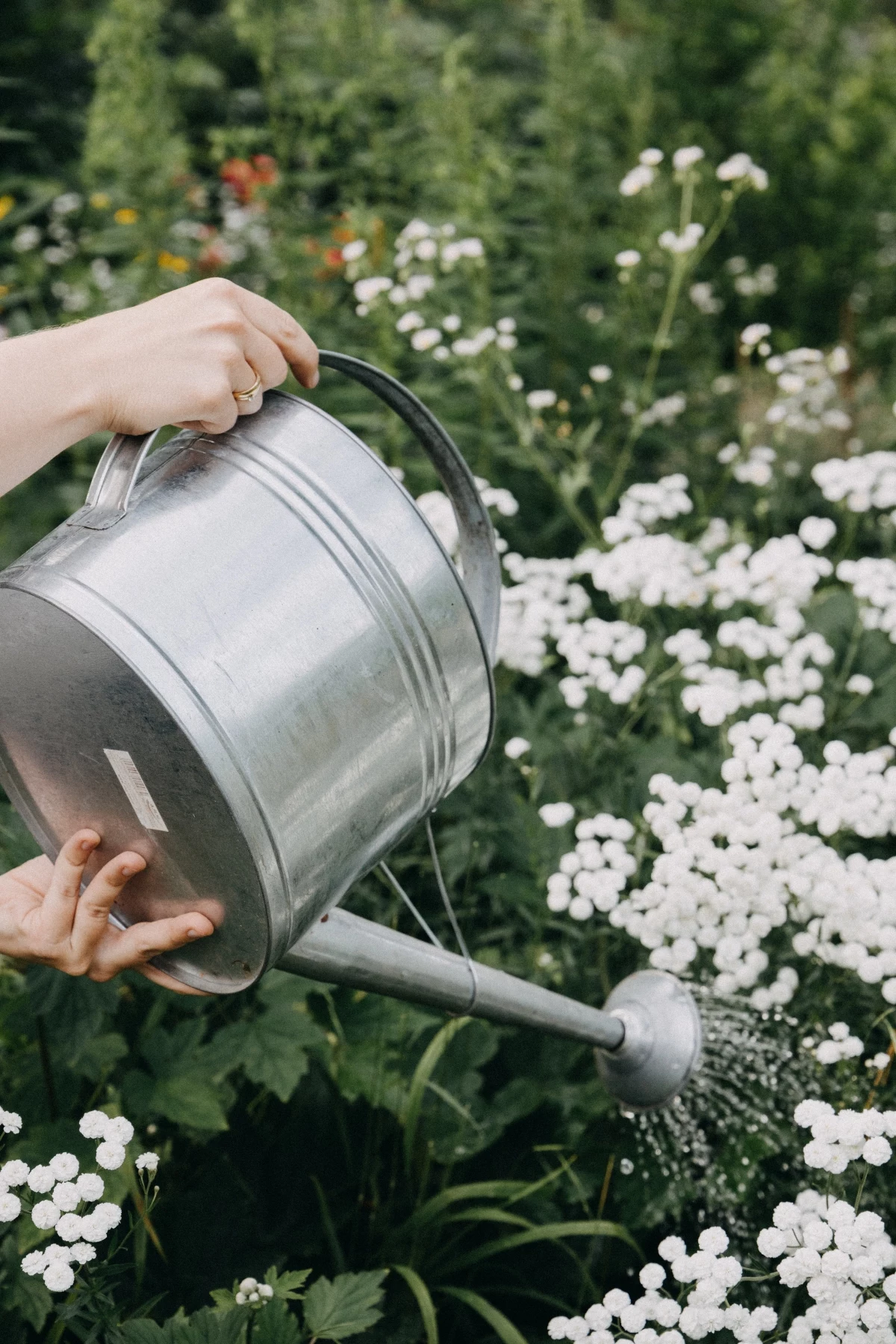
By the way, if all this feels a little overwhelming, don’t worry. Just start with one thing.
Your Weekend Water-Wise Plan:
- Do the soil test: Grab a handful of moist soil and squeeze. Is it sandy, clay, or a nice crumbly loam? Now you know what you’re dealing with.
- Check your mulch: Is it 2-3 inches deep? If so, great! Just make sure to pull it back an inch from all your plant stems to avoid those dreaded ‘mulch volcanos.’
- Use the finger test: Before you even think about turning on the hose, stick your finger two inches into the soil. If it comes out dry, it’s time to water. If it’s damp, wait another day and check again.
Making a few small changes like these will lead to huge results. You’ll spend way less time watering and way more time actually enjoying the beautiful, resilient garden you helped create.
Inspirational Gallery
Soaker Hoses: These porous hoses “weep” water directly into the soil along their entire length. They are fantastic for straight garden rows and are generally more budget-friendly upfront.
Drip Irrigation: This system uses emitters to deliver a precise amount of water to the base of individual plants. It’s highly efficient and customizable for complex layouts. For targeted watering of shrubs and perennials, systems like those from Rain Bird offer unparalleled precision.
According to the U.S. Environmental Protection Agency, applying a 2-3 inch layer of mulch can reduce water evaporation from the soil surface by up to 70%.
Think beyond basic bark chips. Cocoa shell mulch offers a fine texture and pleasant scent, while decorative gravel is perfect for rock gardens and succulent beds, effectively suppressing weeds and conserving moisture.
How do you know if your plants are *truly* thirsty?
Forget a rigid schedule; let the soil tell you. The classic “finger test” works wonders. Push your index finger about two inches into the soil near the plant’s base. If it feels cool and moist, hold off on watering for another day. If it’s dry and crumbly to the touch, it’s time to give your plants a thorough drink.
Create “hydrozones” by grouping plants with similar water needs. This smart design trick prevents you from overwatering a drought-tolerant lavender while trying to quench a thirsty hydrangea right next to it.
- Place water-lovers like ferns and astilbes in lower-lying, naturally moister areas.
- Group succulents, yuccas, and ornamental grasses in sunny, well-drained spots.
- Dedicate a specific, efficient watering zone for your vegetable garden.
A single deep soaking is far better than several light sprinklings. Frequent, shallow watering encourages roots to stay near the surface, making them vulnerable to heat and drought. Watering deeply but less often trains roots to grow downward in search of moisture, creating a tougher, more resilient plant that can better withstand dry spells.
An ancient technique rediscovered: Ollas, unglazed terracotta pots buried with only the neck exposed, provide water directly to the root zone as plants need it. They are incredibly efficient for thirsty plants like tomatoes and squash in raised beds.
- Holds moisture like a sponge, releasing it slowly to plant roots.
- Improves drainage in heavy clay soils, preventing waterlogging.
- Feeds the beneficial soil microbes that build a healthy garden ecosystem.
The secret to all these benefits? Adding compost. Simply working a few inches into your garden beds each year dramatically improves your soil’s structure and its ability to manage water.
Take your water conservation to the next level with a smart irrigation controller. A model like the Rachio 3 or the Hunter HC uses hyper-local weather data to predict rain, automatically skipping watering sessions and adjusting schedules based on temperature and humidity. It’s a set-it-and-forget-it solution that can cut outdoor water usage by 30-50%.
A typical 1,000-square-foot roof can capture more than 600 gallons of water from just one inch of rainfall.
Hooking up a simple rain barrel to your downspouts collects this free, naturally soft water. It’s perfect for watering container plants and acid-loving species like azaleas and blueberries, which are sensitive to the chlorine often found in municipal tap water.
Don’t water the leaves! Wet foliage, especially in the evening, is an open invitation for fungal diseases like powdery mildew. Always aim your hose or watering can at the base of the plant, delivering water directly to the soil where the roots can access it. This simple change keeps plants healthier and ensures every drop counts.
